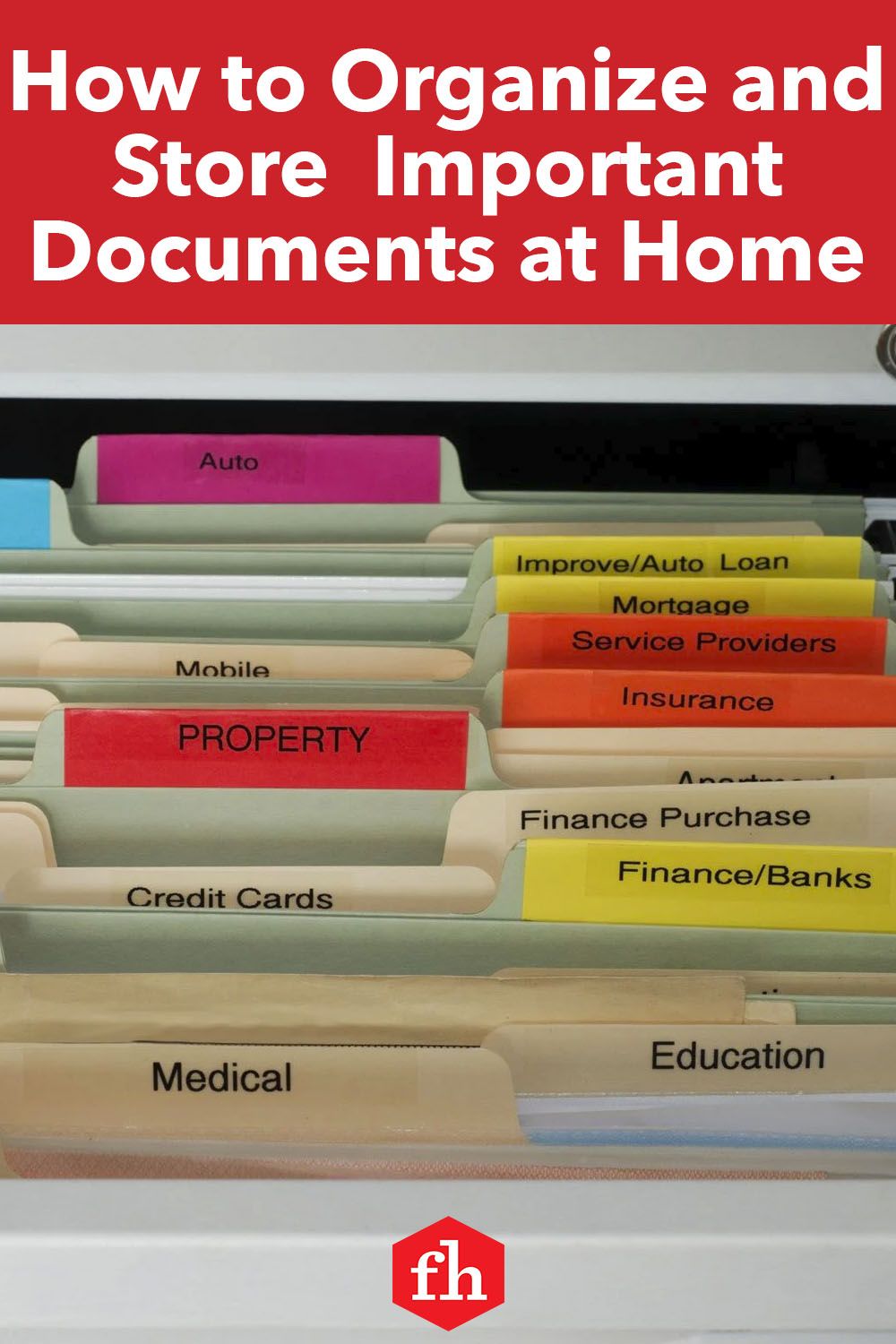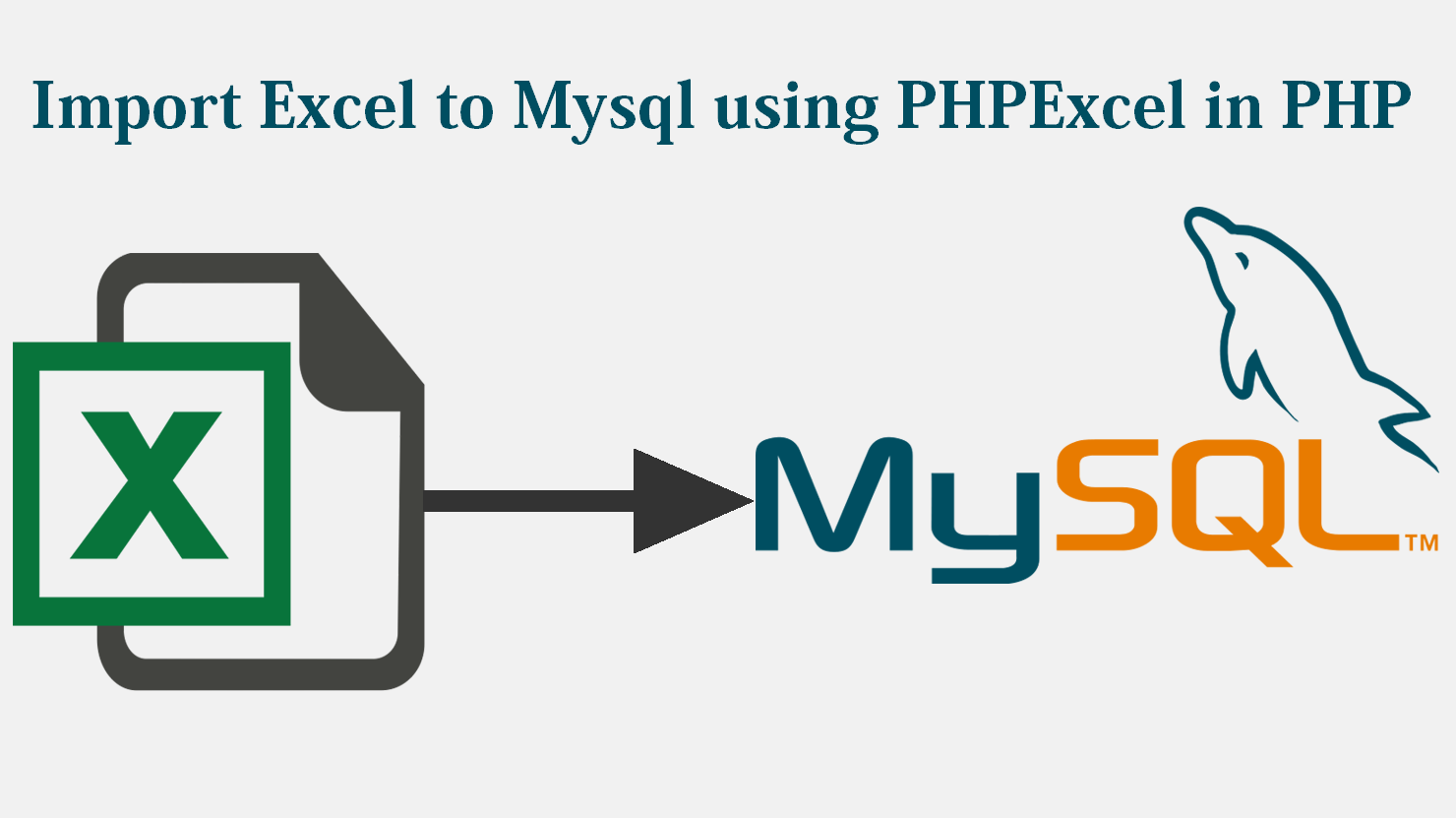Electronically Send Paperwork: Best Methods and Services

In today's digital age, the need to send paperwork electronically has become more crucial than ever. Whether you're running a business, managing a remote team, or simply need to share documents with friends and family, knowing the best methods and services to use can make all the difference. This comprehensive guide will walk you through the top methods for sending paperwork online, highlighting their advantages, and providing insights into how they compare.
E-mail Services

E-mail remains one of the most straightforward and widely-used methods for sending documents electronically. Here's why:
- Widespread Adoption - Nearly everyone has an email address, making it accessible to virtually any recipient.
- Free Services - Services like Gmail, Outlook, and Yahoo Mail offer free email accounts.
- File Attachments - You can easily attach documents up to a certain size limit, which is usually sufficient for most standard paperwork.

📧 Note: Always ensure your email attachments meet the security standards of your organization, and consider using password protection for sensitive documents.
Cloud Storage

Cloud storage services have emerged as a popular alternative for sending paperwork:
- Convenience - You can upload files and share them via a link, which can be accessed from any device with internet access.
- Scalability - Storage space can be expanded as needed, and many services offer both free and paid options with significant storage capacity.
- File Collaboration - Many cloud services allow multiple users to work on documents simultaneously.
| Service | Free Storage | Paid Storage Options | Collaboration Features |
|---|---|---|---|
| Google Drive | 15GB (Shared with Gmail) | Up to 30TB | Google Docs, Sheets, and Slides |
| Dropbox | 2GB | Up to 3TB | Dropbox Paper |
| Microsoft OneDrive | 5GB | Up to 1TB | Microsoft Office 365 |

☁️ Note: Consider the privacy policies of cloud services when choosing where to store sensitive information.
File Transfer Protocol (FTP) Services

For businesses dealing with large volumes of data, FTP services offer:
- High Speed - Faster transfer rates for large files compared to traditional email attachments.
- Security - FTP provides options like SFTP (SSH File Transfer Protocol) or FTPS (FTP Secure), which encrypt the data during transfer.
- Access Control - You can set permissions to restrict access to specific users or groups.
Online File Transfer Services
Specialized file transfer services cater to users needing to send large files securely:
- Size Limitations - Many offer options for sending files up to several GBs, far exceeding email limits.
- Security Features - Services like WeTransfer, SendBigFiles, and FileDropper provide options for password protection and file expiration.
- Recipient Management - Easy to manage who has access to the files and when.
Virtual Data Rooms

For high-stake corporate transactions, virtual data rooms (VDRs) offer:
- Advanced Security - Includes features like dynamic watermarks, document versioning, and detailed audit trails.
- Compliance - VDRs ensure GDPR, HIPAA, and other regulatory compliance.
- Control - Granular control over who can view, edit, or download documents.
Summary of Key Points

Sending paperwork electronically has never been more convenient or secure. With the right choice of service, whether it’s e-mail, cloud storage, FTP, specialized file transfer services, or VDRs, you can ensure documents reach their destination securely, quickly, and with the right level of access control:
- Ease of Use - E-mail and cloud storage offer user-friendly interfaces for casual to moderately formal documents.
- Security - FTP, specialized file transfer services, and VDRs cater to business needs with high-security requirements.
- Collaboration - Cloud storage services excel in real-time collaborative work, making them ideal for team projects.
- Compliance and Regulation - VDRs and certain file transfer services ensure documents meet legal and industry standards for security and data handling.
Can I send large files through email?

+
Yes, you can, but there are size limitations set by the email service provider. For larger files, cloud storage or specialized file transfer services are better suited.
What is the most secure method to send sensitive documents?

+
Virtual Data Rooms (VDRs) offer the highest level of security for sensitive documents with features like dynamic watermarks, document versioning, and detailed audit trails.
Do I need to pay for cloud storage services?

+
Most cloud storage services offer a free tier with limited storage. For more storage or advanced features, you might need to opt for paid plans.
How can I ensure that only the intended recipients can view the documents I send?

+
Use services that offer password protection, set expiration times for access, or use features like dynamic watermarks and permissions control found in cloud storage or VDRs.



